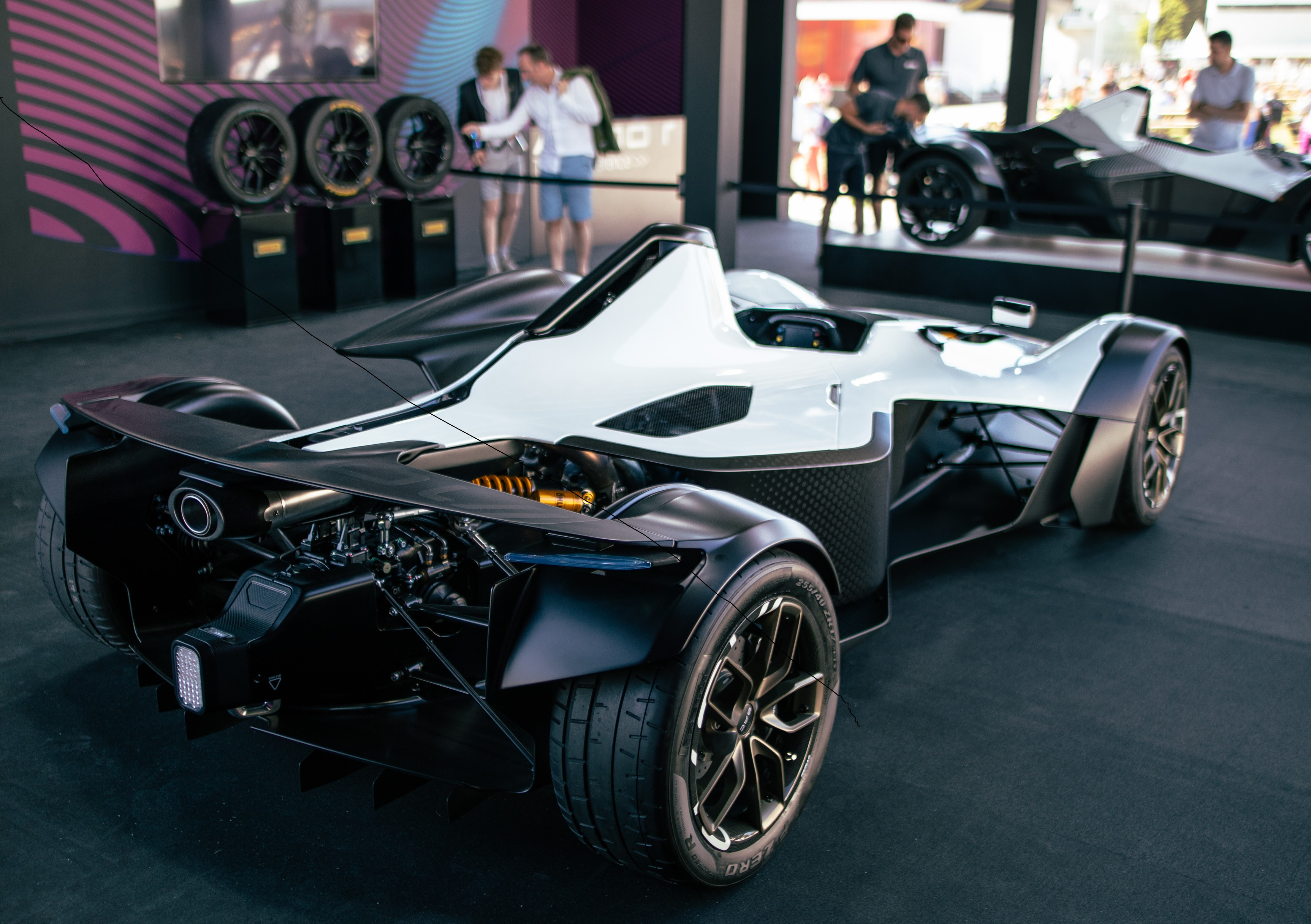
Royal DSM and UK supercar manufacturer Briggs Automotive Company (BAC) plan to develop 3D printing applications for the new BAC Mono R vehicle.
According to the companies, integrating 3D printing in car manufacturing helps create parts that are not only lighter, but also stronger and customizable. Additive manufacturing (AM) technology can also enable original equipment manufacturers (OEMs) to explore new designs that would be impossible to produce using traditional manufacturing methods.
The new Mono R features 3D-printed customizable grips for the Mono R’s steering wheel and air inlets that are reportedly lighter, more durable, and more cost-effective to produce than traditional inlets. BAC and DSM were able to limit the weight of the new supercar to 560 kg.
The companies now plan to explore the design and production of 3D-printed parts incorporating organic shapes and hollow internal structures and make use of newer and recyclable materials.
This story uses material from DSM, with editorial changes made by Materials Today. The views expressed in this article do not necessarily represent those of Elsevier.





